A U T O M A T I O N
Would you like a car that drives itself? Yes, that is the first thought which comes to mind when someone mentions cars and automation in the same breath. However, it’s a broader term and making various car systems act autonomously is a challenge. When human response isn’t adequate, the car must be able to step in and take matters into its own hands.
Whether it’s evasive steering, active speed control or automatic braking, the car should have its network of sensors in place to assist and support the driver when needed, and even take over as required. That power of choice is in the hands of the driver. While it may be fun to drive on an open motorway or on winding mountain roads, it isn’t the same fun moving through stop-go traffic or finding a place to park, let alone actually park. This is where autonomous systems take pride in their functionality. Want your car to drive you? Maybe, or maybe not. Want it to make its way through rush-hour traffic and park itself? Who doesn’t want that!
Electric Power Steering
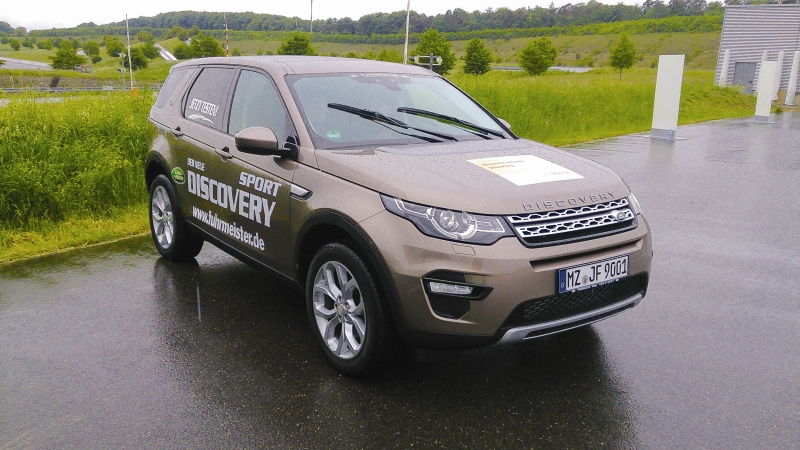
Having a steering or braking system understand when it is needed from the situation is a welcome feature, especially when it can save your money, or your skin. With the new electric power steering system, Bosch have developed a steering system which does not require a lot of effort to use. In fact, it puts every little input to good use, using a high-power motor to deliver a more direct feel, but with fewer turns.
Having the new Land Rover Discovery Sport to help ascertain the effectiveness of these systems was a good idea. One would expect an SUV weighing around two tonnes to be a bit of a handful, and why not? They are tall and wide, apart from being heavy and this cannot possibly have a positive effect on handling or braking. What can, however, is a new kind of assistance system.
The electric power-steering system, also in the Tesla Model S, makes changing direction easier at all speeds. The response from the high-power motor is appreciated when cornering tight, or when one realises that even changing lanes requires considerably less effort. Moreover, this ‘Servolectric’ steering system is the paraxial version, meaning its software configuration will allow the same type of steering system to be used in very different car models but still have their individual steering qualities.
Autonomous Braking
Having your car brake for you in an emergency is always a boon. When armed with a stereo video camera and a radar sensor, the Discovery Sport identifies a potential collision and, should the driver not respond, brakes automatically after calculating the precise distance to avoid a collision. The system even assists with added braking force should the driver not brake hard enough to utilise the available braking distance before impact.
3D Surround View
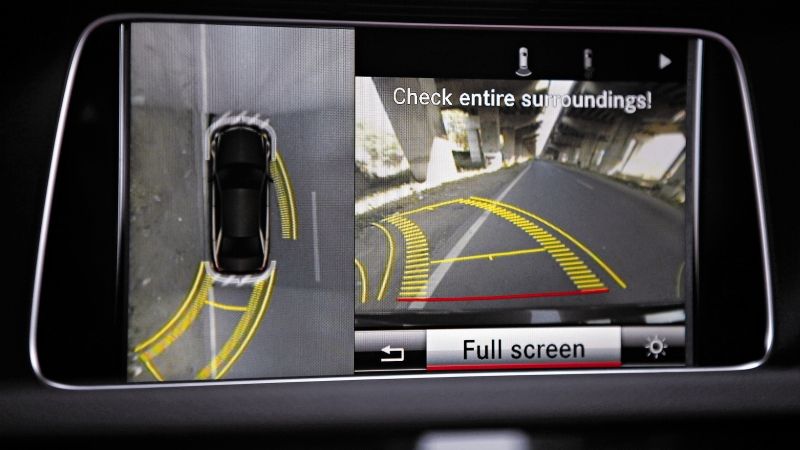
Want to know exactly where you are relative to the road? The 3D surround view multi-camera system lets you do just that — see a realistic 3D view of your surroundings. Using four to five wide-angle cameras on the front, side and rear of the vehicle, the system records the surroundings and transfers the images to an intelligent processor unit which displays a ‘stitched’ image view on the full-colour screen. If any moving objects or obstructions are detected, it will warn the driver.
Evasive Steering Support
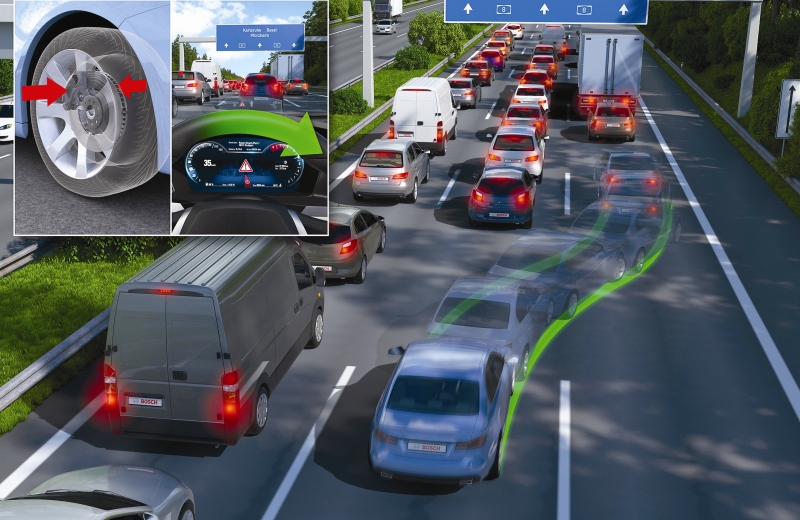
Rear-end collisions at high speed, especially round blind corners, can be dangerous, especially when the distance to impact is short and does not allow for driver input to optimally take control of the situation and available space to avoid the collision. With the system active, if the driver initiates an evasive manoeuvre, the evasive steering support calculates a suitable evasion path and assists the driver by combining steering and braking actions to pass the required distance threshold to avoid impact. Evasive steering support allows maximum steering angle to be reached 25 per cent sooner.
Fully-autonomous Driving
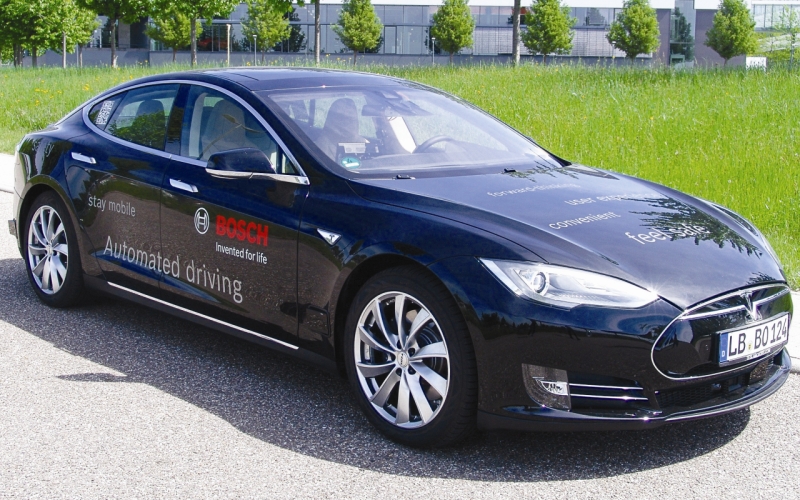
Having your car drive you around is not a distant dream, it’s closer to reality. After all, a suitable array of sensors, processors and actuators is all it takes to identify surroundings, map the data and then implement it by handing control over to the the car. The Tesla Model S Automated Driving Car was testimony to this.
Packed with a slew of laser and radar sensors, video cameras around the car as well as a stereo video camera up front, the Model S can be given complete control of acceleration, steering and braking. With the cameras processing the surroundings and identify the route to be taken. What’s more, having the data stored and analysed lets the car drive as it would be driven. At the handling course at the Bosch Proving Grounds, the Model S inched towards the course, braked for the stop sign, then went for it around the corner, attaining speeds of up to 85 km/h, even braking hard for the upcoming left-hander. Seeing the steering turn itself is astounding the first time you see it up close. Given the infrastructure and stable traffic conditions as in Europe, autonomous cars may not be as far away as you think.


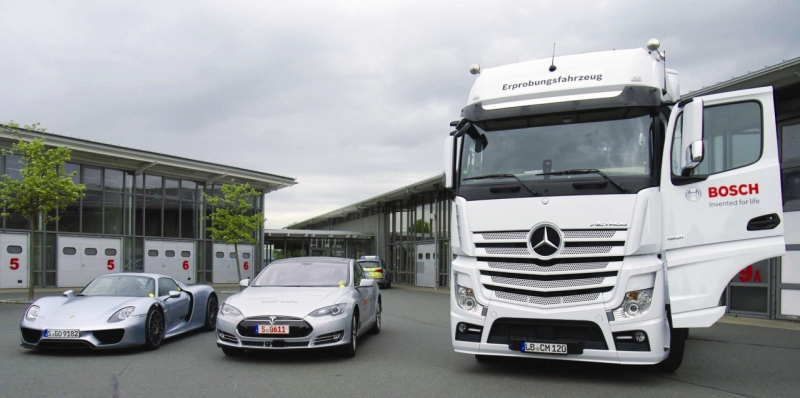




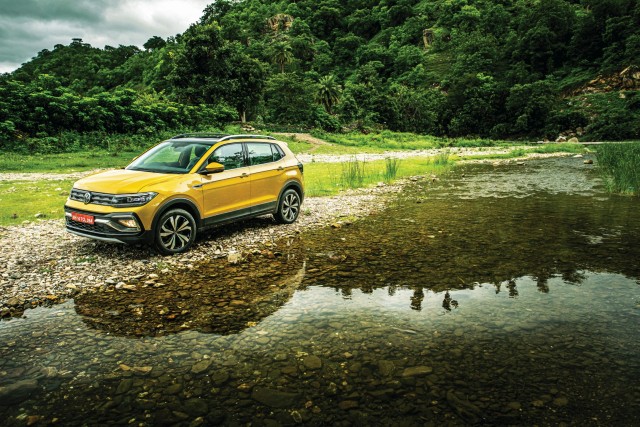
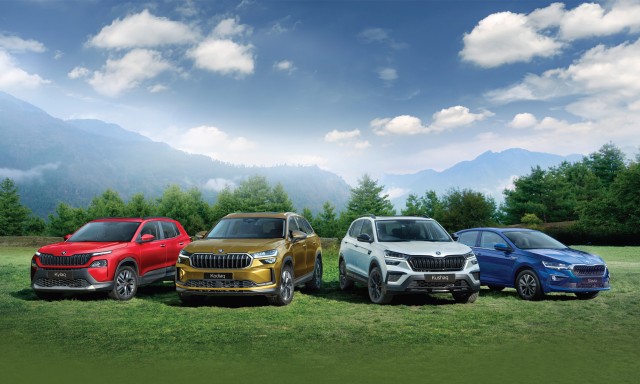

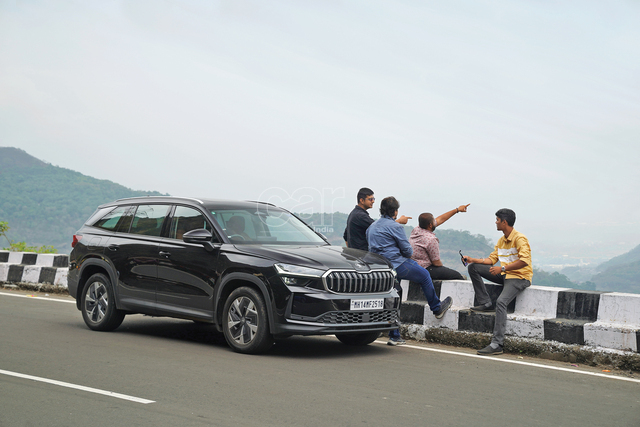


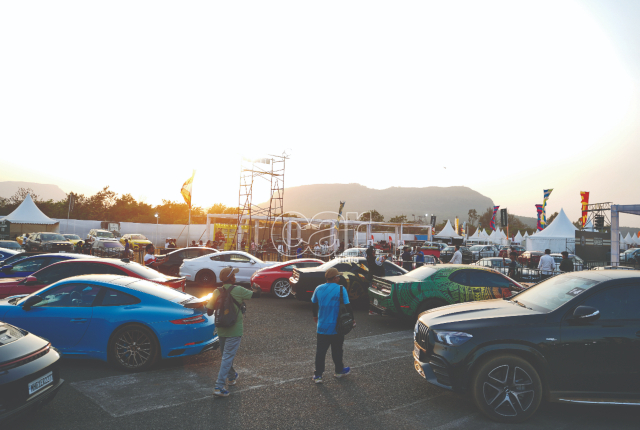
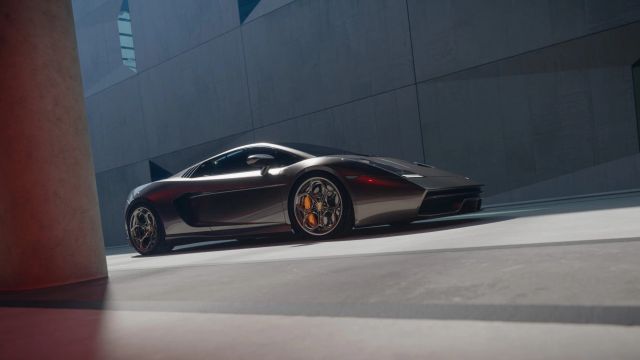
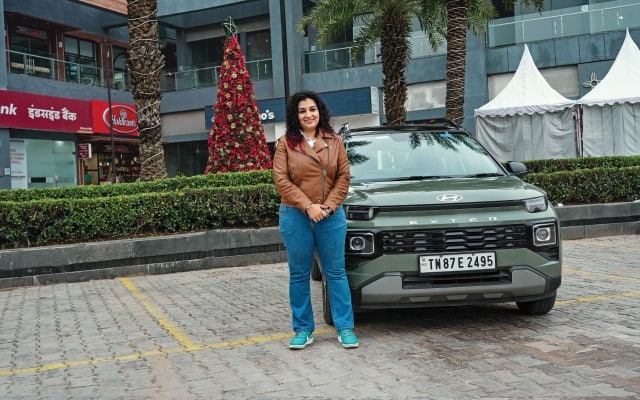

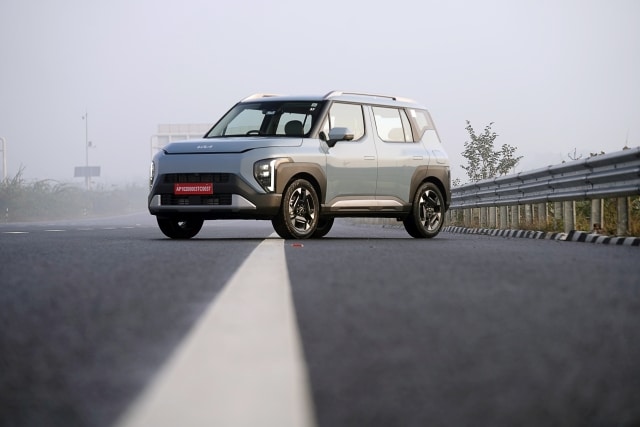




Leave a Reply